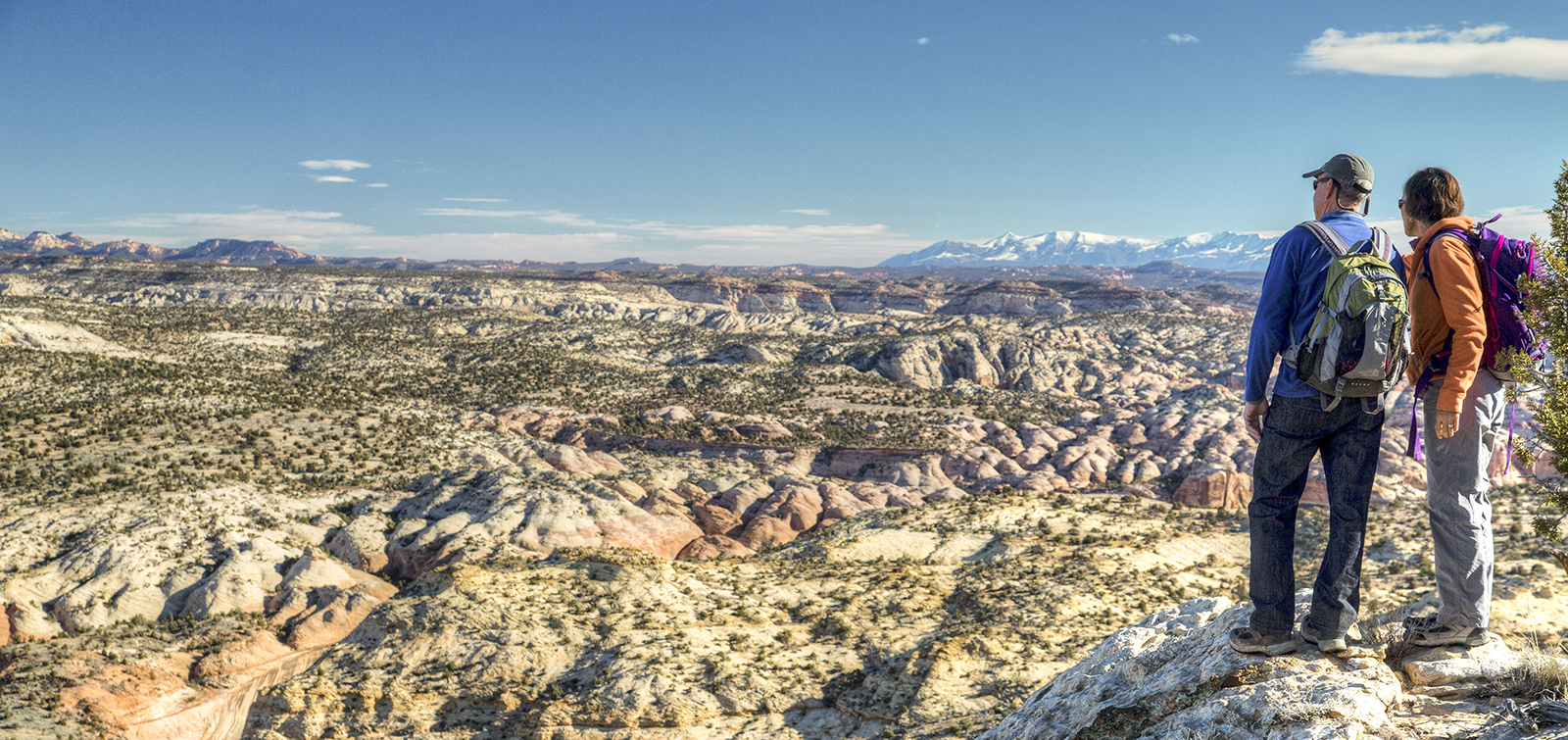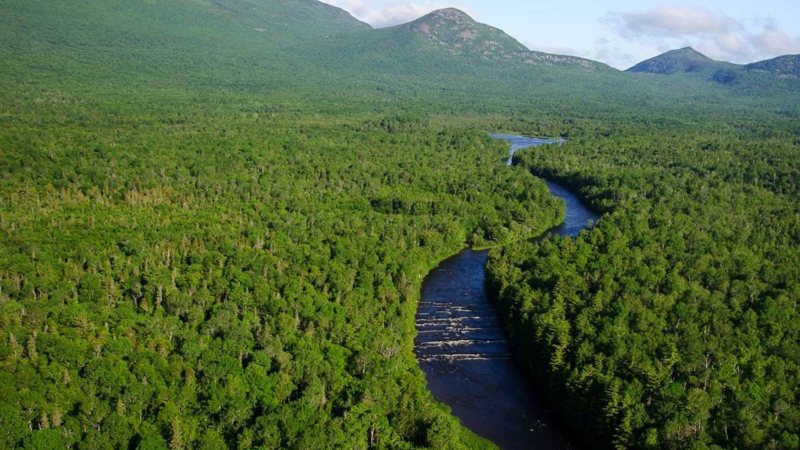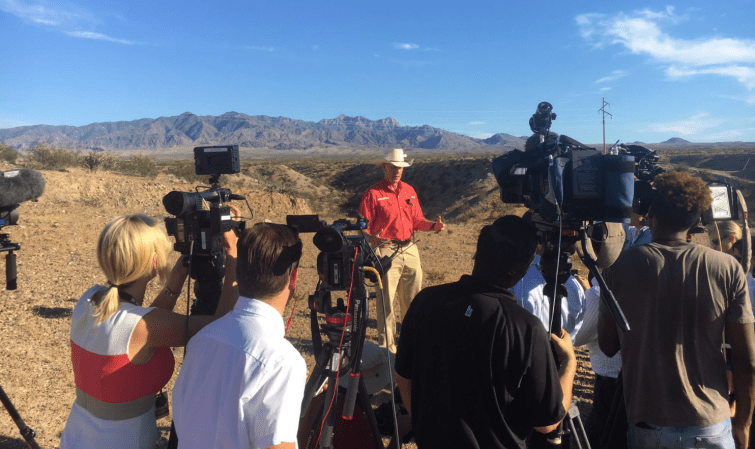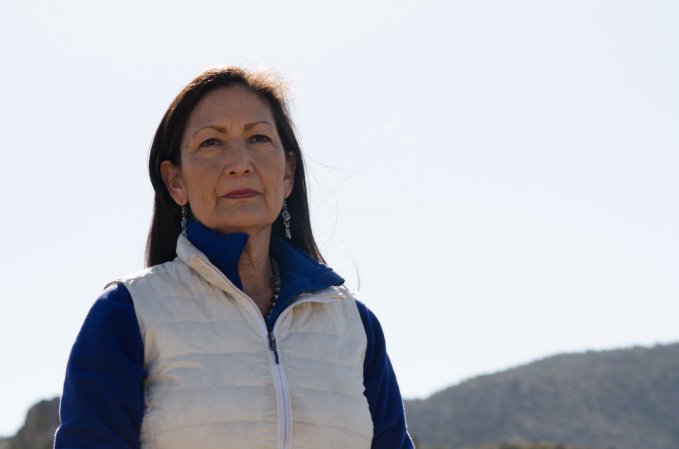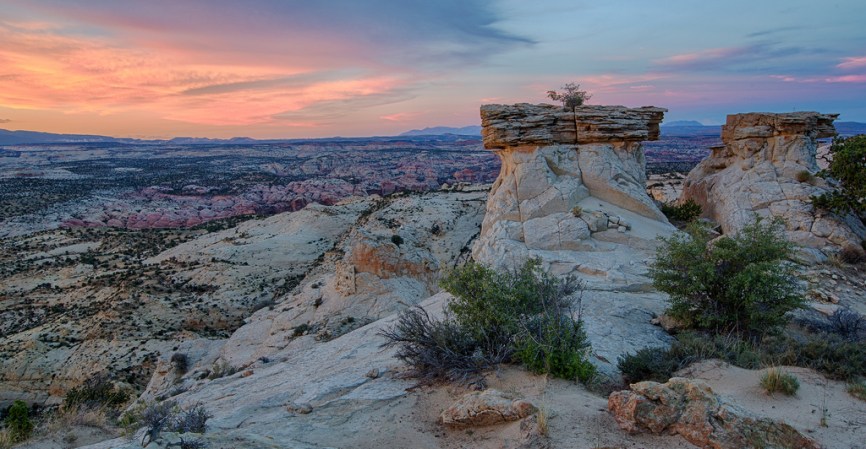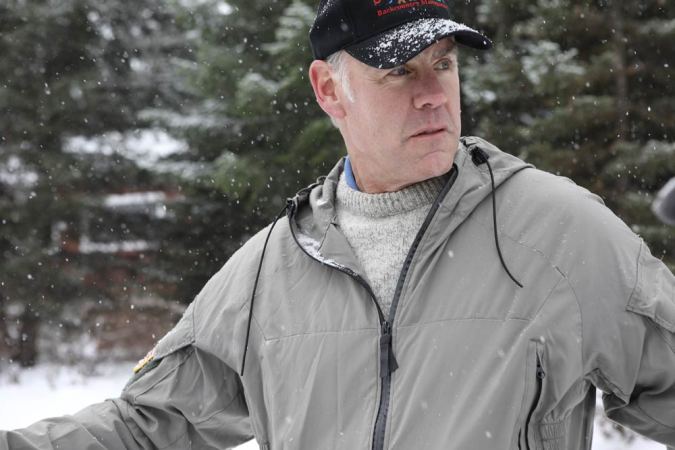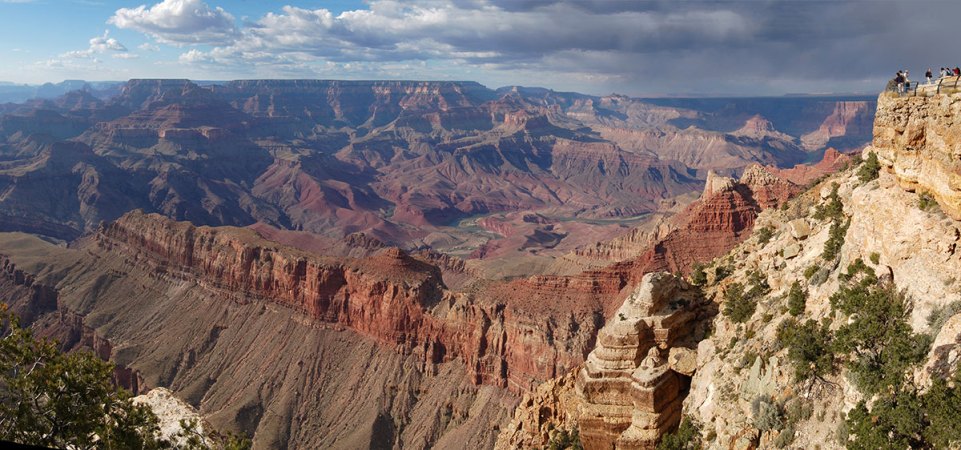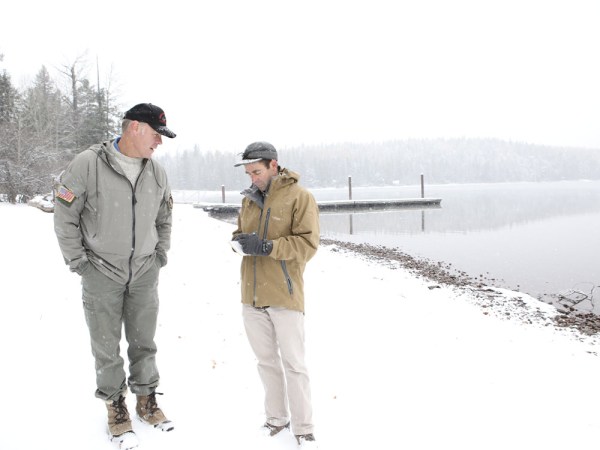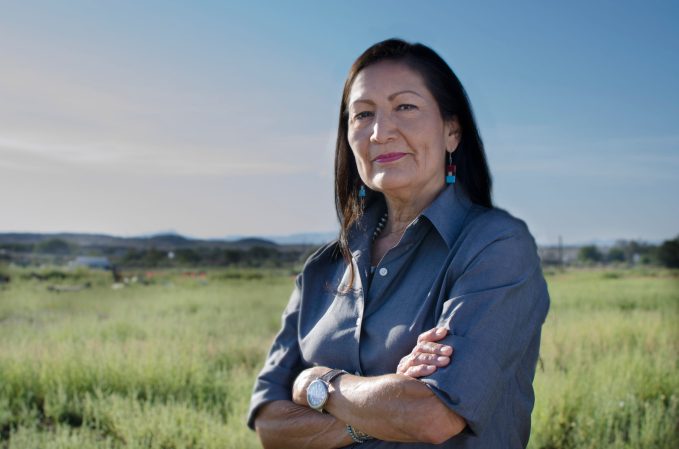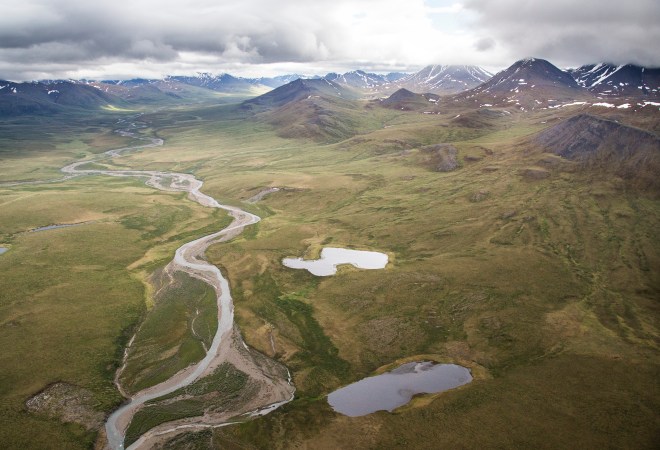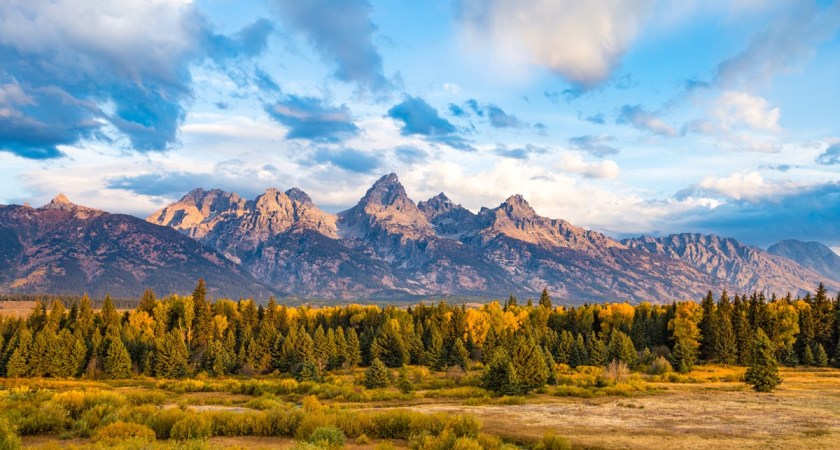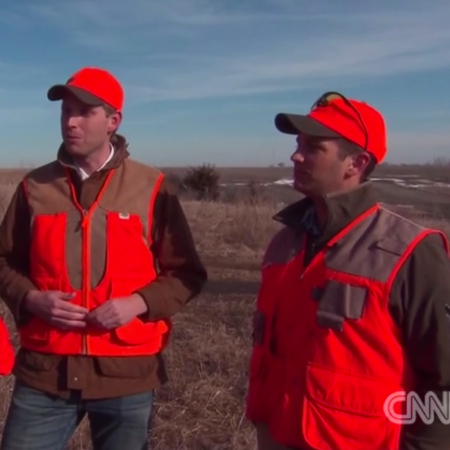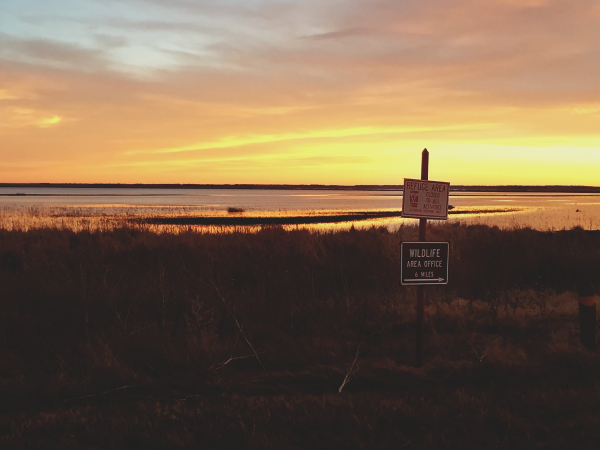Monday, when President Donald Trump announces that he is reducing the acreage of four national monuments created under the Obama and Clinton administrations, conservation groups will condemn the decision as another example of the “special-interest presidency.”
They will assail the administration for not accounting for the overwhelming support the monuments received in a public-comment period earlier this year. And they will note that rolling back monument status, a power bestowed to presidents under the authority of the Antiquities Act of 1906, is a bad precedent that may come back to unravel Trump’s own decisions as president. They are right on both counts.
But critics of the decision, details of which were leaked to the press back in September, shouldn’t be surprised at the announcement. Both Trump and Secretary of the Interior Ryan Zinke have been hinting at this decision for months, even years.
For starters, Trump has made no secret of his ambition to undo most of the major accomplishments of the Obama Administration, and he’s been no fan of policy decisions made by the other recent two-term Democrat, Bill Clinton. Obama won points with environmentalists by designating the 1.3 million acres of mostly federal land in southeast Utah as the Bears Ears National Monument. In the waning days of his administration, Clinton roiled locals by designating 1.7 million acres in southern Utah as part of the Grand Staircase-Escalante National Monument.
Just as Trump has sought to overturn the mandates of Obamacare, scrap the Iran nuclear agreement, renegotiate international trade deals, back out of the Paris climate agreement, and harden Obama administration immigration rules, he has also been overt in his distaste for land protections designated by his Democratic predecessors.
According to an article in the Salt Lake Tribune, the whisper campaign to shrink the size of the Utah monuments began even before Trump was elected. But whether or not Trump’s aversion to the monuments is because they bore the fingerprints of Obama and Clinton, the fact that they are opposed by one of the most powerful Republican congressional delegations in the country made Trump’s decision almost inevitable.
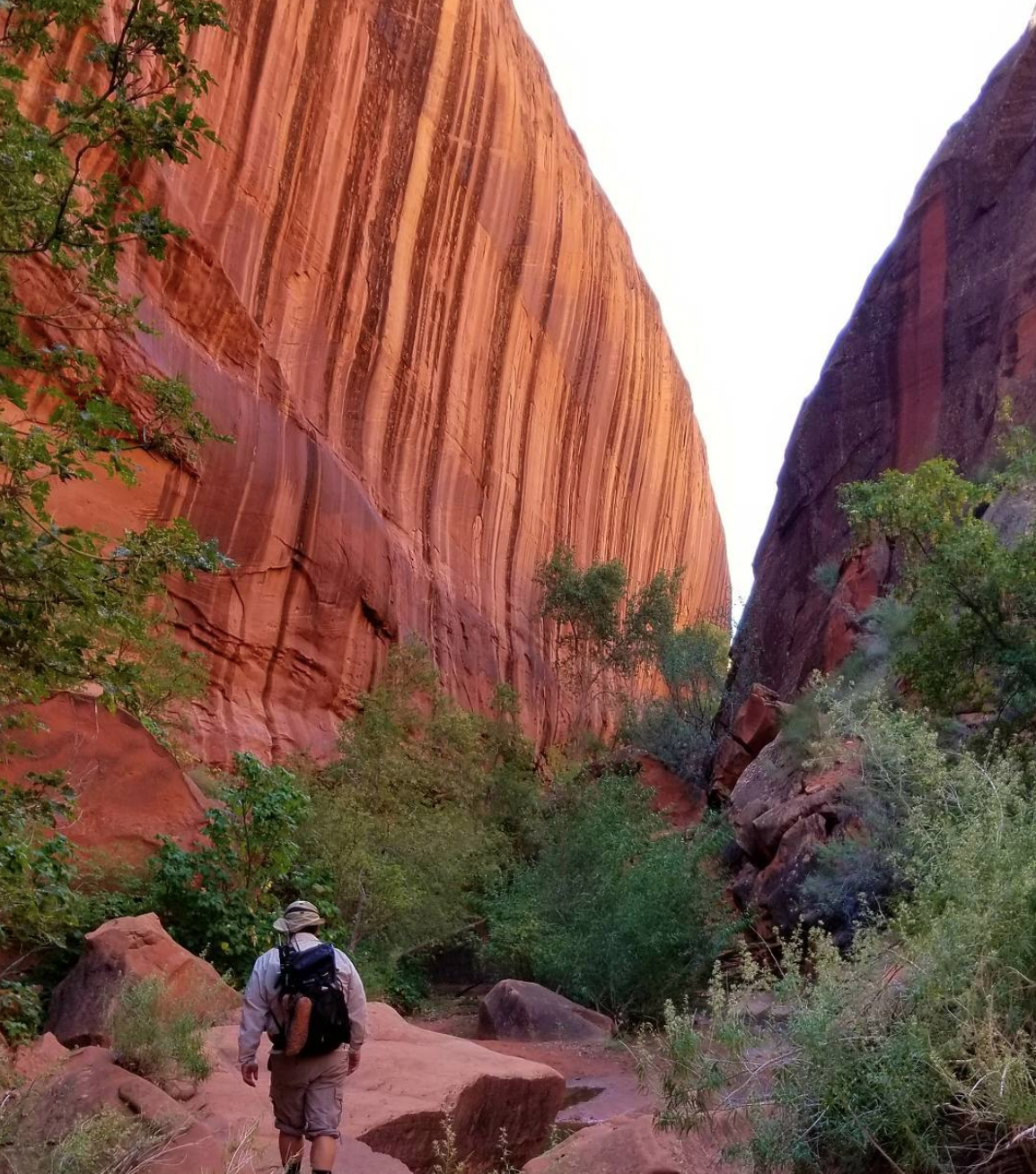
BEEHIVE STATE INFLUENCE
Orrin Hatch is the longest-serving Republican Senator in history. He chairs the Senate Finance Committee and was instrumental in passing last week’s tax bill, likely the only legislative win of the Trump Administration’s first year. As president pro tem of the Senate, he’s third in line for the presidency. He’s an influential voice in vetting Supreme Court nominees. He hates both Bears Ears and Grand Staircase-Escalante
Utah’s junior Senator, Republican Mike Lee, sits on the Senate Judiciary Committee, which may well have a role to play in the legal troubles involving the president, and will certainly vet any Supreme Court nominees. He hates Bears Ears.
Rob Bishop, the Utah Republican congressman who represents much of the southern Wasatch Front, is the chairman of the powerful House Natural Resource Committee. He hates both Bears Ears and Grand Staircase-Escalante.
Utah congressman Chris Stewart sits on the powerful House Appropriations Committee. He’s also vice-chair of the House Interior Subcommittee. Interestingly, he also sits on the House Permanent Select Committee on Intelligence that discusses national intelligence issues. He hates monuments in general.
Utah congressman-elect John Curtis, elected to replace former Rep. Jason Chaffetz (who left as chairman of the House Oversight Committee to take a job with Fox News), will sit on the House Foreign Affairs Committee.
Utah congresswoman Mia Love sits on the House Financial Services Committee.
While Love and Curtis are still junior members, the senior members of Utah’s congressional delegation have enough political clout to matter to an administration struggling to find legislative traction. So any deal on monuments that appeases this powerful delegation makes plenty of political sense.
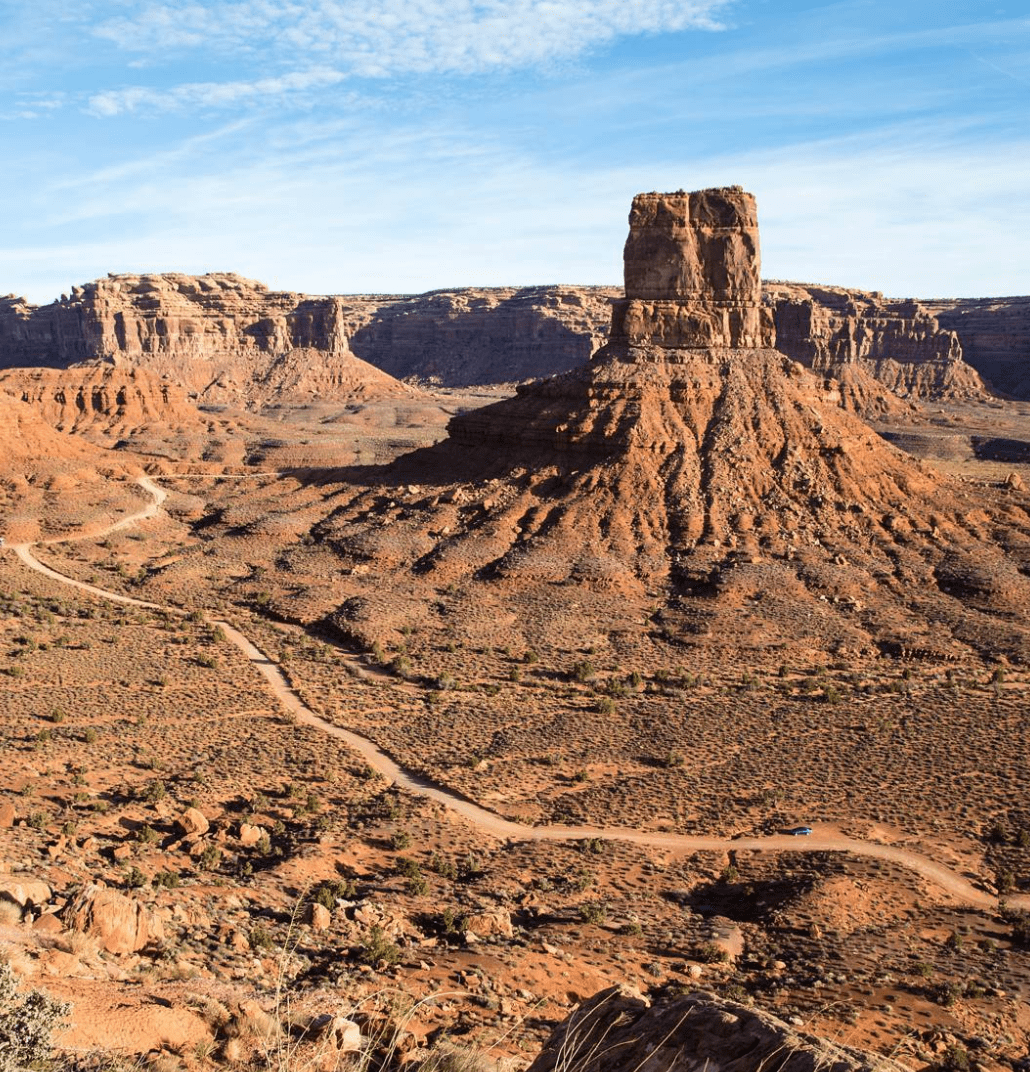
ZINKE’S MONUMENT ALLERGY
Then there’s Secretary of the Interior Ryan Zinke’s own uncomfortable relationship with monuments. While Zinke has aligned himself with the father of the Antiquities Act, Theodore Roosevelt, he has disappointed conservation groups by not being a more forceful advocate for conservation. I’ve been among the group of Interior watchers who want Zinke to give more priority to sustainable uses of our public lands instead of deferring to resource extractors like energy developers.
Whether Zinke entered his review of the 27 monuments with an open mind or not is debatable, but in an interview last month, he told me that he thinks the designation of landscape-scale monuments is wrong, not so much for the conservation benefit they may or may not bestow, but because they’re a misapplication of the Antiquities Act.
“People need to read the Antiquities Act,” Zinke said. “Congress delegates certain powers to the president to be protected under the act. But fundamentally, the items protected have to have an objective, to protect a historic, cultural, or scientific value.”
Zinke says that in most cases, the land that’s been designated as national monument was already federal land. And he said that he would characterize as a federal “land grab” designations where there’s significant inholdings of private land inside a monument boundary, citing the nearly 50,000 acres of private land inside the expanded Cascade-Siskiyou National Monument that straddles the Oregon/California border.
Zinke’s biggest gripe with the recent monument designations seems to be their size.
“The Act clearly establishes that monuments are to be the ‘smallest area compatible with proper care and management of the objects to be protected.'” Here’s the entire four-paragraph Antiquities Act.
“The president was right to request a review of monuments,” Zinke told me, “especially when over 120,000 acres of private property is contained in 27 of the monuments. I’ve become a subject expert in monuments over the last months.”
The Secretary of the Interior further noted that Trump’s review of monument boundaries has precedence.
“Monuments have been revisited 18 times before, in both scope and size. I recommended to the president not to rescind any of the monuments, but it’s my view that some monuments have been put in place to prevent use, rather than to protect objects.
“My main concern with monuments to make sure public access is protected, and that hunting and fishing rights are intact. Bears Ears is 1.5 million acres. Is that size the smallest area necessary? What does the local community think?”
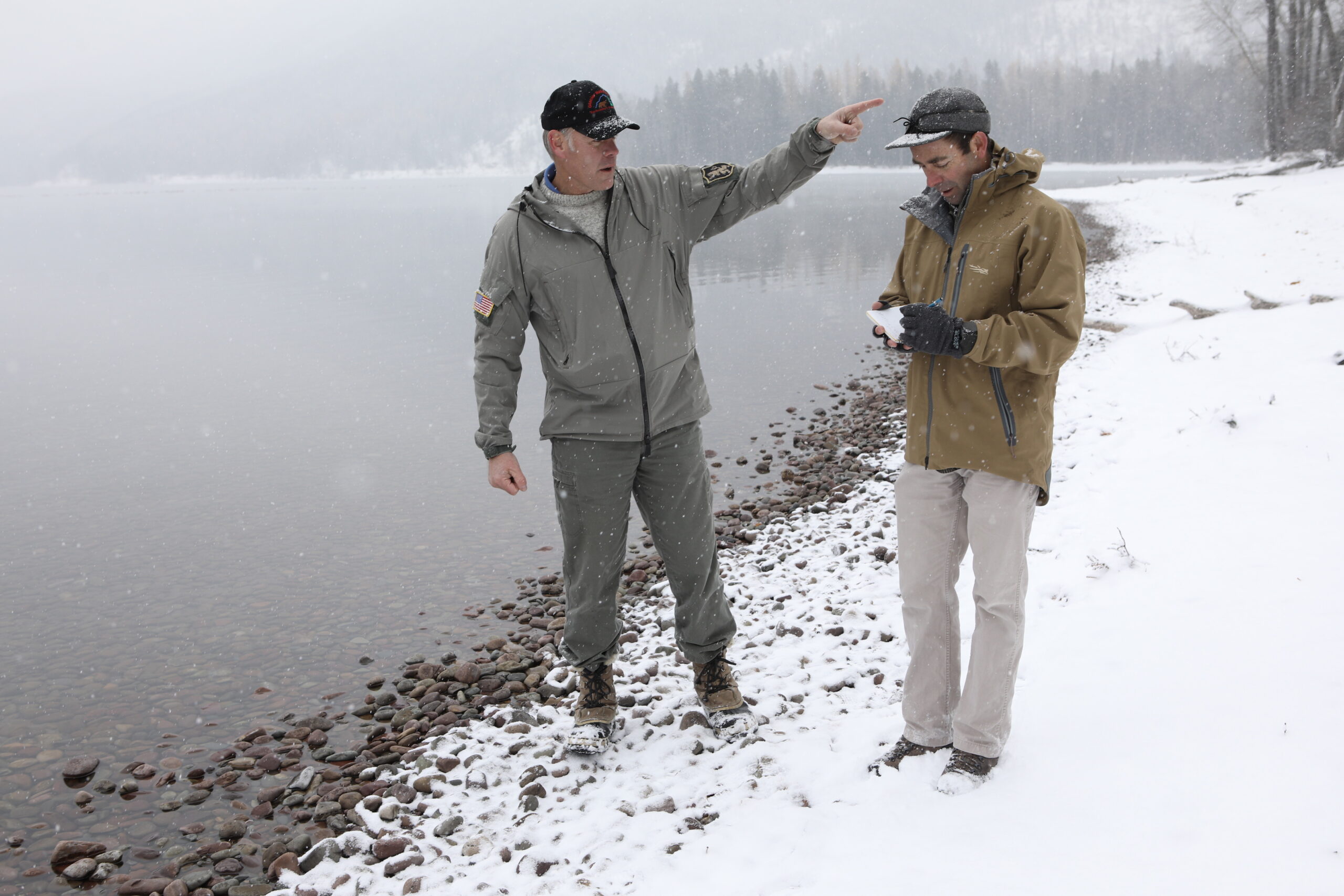
Zinke noted that there are significant cultural objects—hundreds of Native American archeological sites—inside Bears Ears, but he says his recommendation to reduce it in size will still protect the sites.
“The revision of Bears Ears is still larger than Zion and Bryce [national parks] combined. It’s still over 200,000 acres. And it will still be federal public land. I restored National Forest land to the National Forest. I restored federal land designated as Wilderness Study Areas. I restored traditional uses, hunting and fishing as well as gateway community interests. I look through the lens of what is the smallest area that’s compatible with the object of protection.
“Look, our monuments have done great good for our country,” Zinke continued. “I’m recommending that the borders be adjusted on four of our largest monuments. And I’m recommending that we rewrite management plans to accommodate explicitly that traditional uses will be allowed. In many cases [monument designation] was used to prevent use rather than to protect an object.”
Zinke then noted that he intends to recommend to Trump the establishment of three additional national monuments: a U.S. Army’s training camp for African-American soldiers in Kentucky, the home of assassinated civil rights leader Medgar Evers in Mississippi, and the 130,000-acre Badger-Two Medicine area south of Glacier Park in Montana. The land along the Rocky Mountains is considered the spiritual home of the Blackfeet Tribe.
“These are all monuments that are established with the smallest area compatible with protection of the object,” said Zinke. “I would also say that no president has the ability to prevent hunting, fishing, and traditional uses of the land, even inside a monument.”
So what about the criticism of the monument revisions, criticism that started even before Monday’s announcement?
“You will never make extremists happy,” Zinke said. “I’d say two things. One: they’ve never read the Antiquities Act. And two: there is no oil or gas in Bears Ears.”
Okay, I said to Zinke, but what about Grand Staircase-Escalante? Isn’t there a coal reserve under that monument?
“There was an unproven coal reserve mentioned in the enabling documents [for the monument],” he said. “But even with the revision of the boundaries, the monument is still larger than Yosemite, and the rest of it [outside the redrawn boundaries] reverts to the previous federal land status, primarily BLM.”
Still, I wonder how Theodore Roosevelt might view the Trump/Zinke decision, especially since the boundaries of the reduced Grand Staircase-Escalante Monument seem drawn specifically to allow coal mining in the area.

